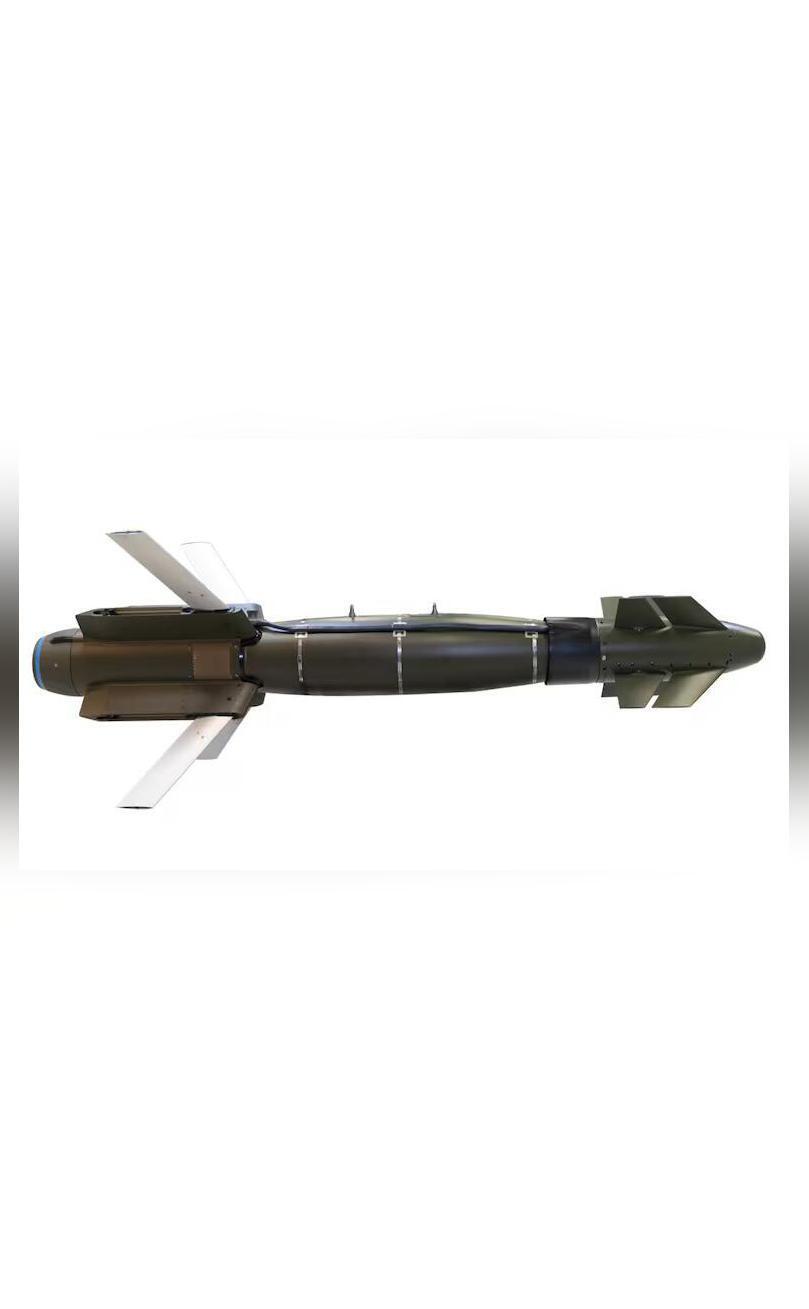
HAMMER system, used by IAF during Op Sindoor, to be made in India
The Indian Air Force (IAF) has been at the forefront of adopting cutting-edge technology to enhance its combat capabilities. One such example is the HAMMER (Highly Agile Modular Munition Extended Range) smart precision guided air-to-ground weapon system, which was used by the IAF during Operation Sindoor. In a significant development, Bharat Electronics Limited (BEL) and France’s Safran Electronics and Defence have signed a Joint Venture Cooperation Agreement (JVCA) to produce the HAMMER system in India.
The HAMMER system is a highly advanced precision-guided munition that can be integrated with multiple platforms, such as the Rafale and the Light Combat Aircraft (LCA) Tejas. Its ability to engage targets with high precision and accuracy makes it an invaluable asset for the IAF. The system’s modular design allows it to be easily adapted to various aircraft, making it a versatile and reliable choice for a range of missions.
The JVCA between BEL and Safran Electronics and Defence marks a significant milestone in the production of the HAMMER system in India. This partnership will not only enhance the IAF’s combat capabilities but also provide a significant boost to the Indian defence industry. The production of the HAMMER system in India will create new opportunities for local manufacturers and suppliers, contributing to the country’s economic growth.
The HAMMER system’s capabilities were put to the test during Operation Sindoor, where it demonstrated its effectiveness in precision strikes. The system’s ability to engage targets with high accuracy and precision made it an invaluable asset for the IAF during the operation. The success of the HAMMER system in Operation Sindoor has paved the way for its widespread adoption by the IAF, and the JVCA between BEL and Safran Electronics and Defence will ensure that the system is available in sufficient numbers to meet the IAF’s requirements.
The production of the HAMMER system in India will also have significant implications for the country’s defence exports. With the ability to produce the system domestically, India can now offer the HAMMER system to other countries, enhancing its reputation as a reliable defence supplier. This will not only generate revenue for the Indian defence industry but also strengthen the country’s strategic relationships with other nations.
The integration of the HAMMER system with the Rafale and the LCA Tejas will provide the IAF with a significant technological edge. The Rafale, in particular, has been equipped with the HAMMER system, which has enhanced its capabilities as a multi-role fighter aircraft. The LCA Tejas, on the other hand, will benefit from the HAMMER system’s precision-guided capabilities, making it an effective platform for a range of missions.
The JVCA between BEL and Safran Electronics and Defence is a testament to the strong partnership between India and France in the field of defence. The two countries have been collaborating on various defence projects, and the production of the HAMMER system in India is a significant outcome of this partnership. The agreement will not only enhance the IAF’s combat capabilities but also promote the development of the Indian defence industry.
In conclusion, the production of the HAMMER system in India is a significant development that will enhance the IAF’s combat capabilities and promote the growth of the Indian defence industry. The JVCA between BEL and Safran Electronics and Defence is a testament to the strong partnership between India and France in the field of defence. As the Indian defence industry continues to evolve, it is likely that we will see more collaborations and partnerships between Indian and foreign companies, leading to the development of cutting-edge technologies and systems.
The use of the HAMMER system during Operation Sindoor has demonstrated its effectiveness in precision strikes, and its production in India will ensure that the IAF has access to this advanced technology. The system’s integration with multiple platforms, such as the Rafale and the LCA Tejas, will provide the IAF with a significant technological edge, enhancing its capabilities as a modern air force.
As India continues to modernize its military, the production of the HAMMER system in India is a significant step towards achieving self-reliance in defence production. The Indian government’s emphasis on “Make in India” and “Atmanirbhar Bharat” has led to a significant increase in defence production, and the production of the HAMMER system is a testament to this initiative.
In the coming years, we can expect to see more collaborations and partnerships between Indian and foreign companies, leading to the development of cutting-edge technologies and systems. The production of the HAMMER system in India is just the beginning, and it is likely that we will see more advanced systems and technologies being developed and produced in India.






